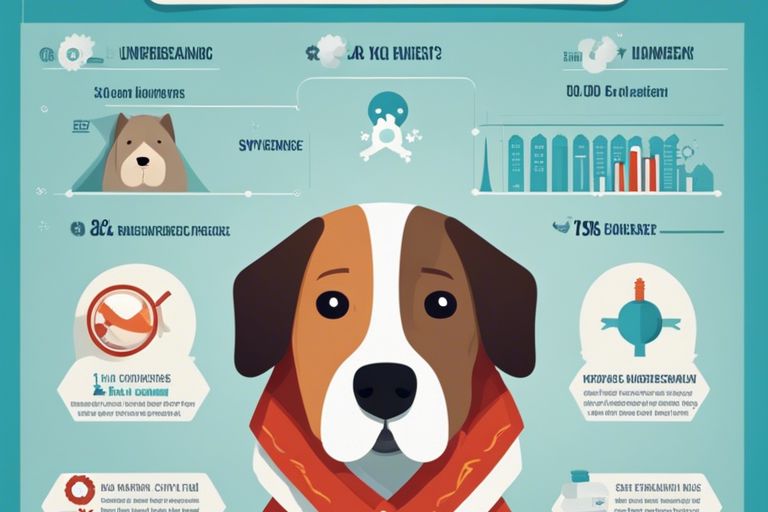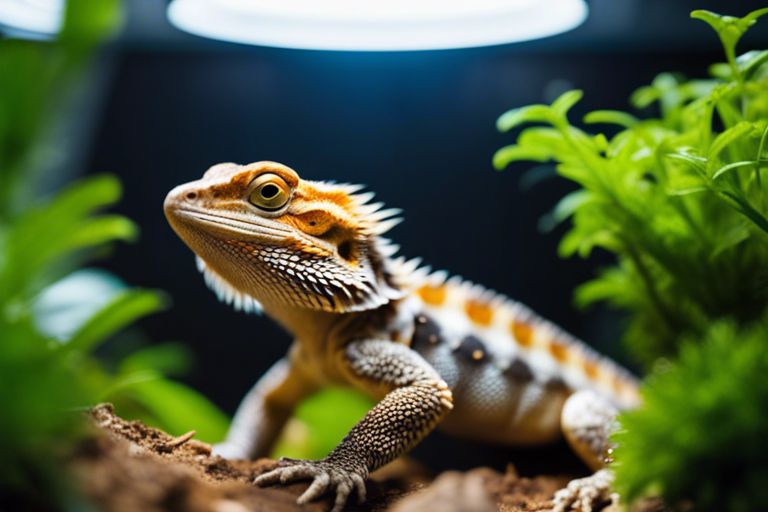Every responsible pet owner knows the importance of properly fitting and using a harness for their dog. Improperly fitted harnesses can cause discomfort, chafing, and even restrict your dog’s movement. In this step-by-step guide, I’ll walk you through the process of putting a harness on your dog in the most effective and comfortable way possible. I’ll also cover the potential dangers of using a harness incorrectly and the benefits of using one for your furry friend. By the end of this article, you’ll feel confident in your ability to properly harness your dog for walks and other activities. Let’s get started!
Key Takeaways:
- Proper fitting: Ensuring the harness is snug and secure is crucial for your dog’s safety and comfort.
- Step-by-step process: Following a systematic approach when putting on the harness can help prevent tangles and confusion.
- Positive reinforcement: Using treats and praise can help your dog associate the harness with a positive experience.
- Regular practice: Regularly practicing putting on the harness can help your dog become more comfortable with the process over time.
- Monitoring for signs of discomfort: Watch for any signs of discomfort or chafing as your dog gets accustomed to wearing the harness.
Understanding the Different Types of Dog Harnesses
Before delving into the step-by-step process of putting a harness on your dog, it’s important to understand the different types of harnesses available. Each type serves a different purpose and offers its own set of benefits. Here’s a breakdown of the most common dog harnesses:
| Type of Harness | Description |
| — | — |
| Vest Harness | These harnesses are designed to distribute the pressure more evenly across the dog’s body, reducing the strain on the neck and back. |
| Step-in Harness | As the name suggests, these harnesses are easy to put on and ideal for dogs who are sensitive about having things put over their head. |
| Back-clip Harness | These harnesses attach at the dog’s back and are ideal for smaller, well-trained dogs. |
| Front-clip Harness | The attachment point for the leash is at the dog’s chest, providing more control over dogs that have a tendency to pull. |
| No-pull Harness | These specialized harnesses are designed to discourage pulling by tightening around the dog’s body when they pull on the leash. |
After gaining a better understanding of the different types of dog harnesses, you can make an informed decision when choosing the best option for your furry friend.
Step-in Harness
A step-in harness is designed to allow your dog to simply step into the harness, with the straps encircling the legs and fastening on the dog’s back. This type of harness is particularly suitable for dogs that are sensitive about having things put over their head or for older dogs with limited mobility. It’s important to ensure that the harness fits snugly but not too tight, and that all straps are securely fastened to prevent any potential danger of slipping out.
Overhead Harness
The overhead harness, on the other hand, is placed over your dog’s head and then fastened around the body. This type of harness offers great control and is ideal for dogs that tend to pull on the leash during walks. It’s important to choose a well-padded overhead harness to prevent any discomfort for your dog, especially during longer walks. When properly fitted, this type of harness provides optimal comfort and safety for your furry companion.

Preparing Your Dog for Harnessing
The first step in putting a harness on your dog is to prepare them for the process. The How to Put on a Dog Harness in 7 Simple Steps article provides a great guide for pet owners. This will help you ensure that your furry friend is comfortable and ready to accept the harness without any issues.
Getting Your Dog Used to the Harness
Before attempting to put a harness on your dog, it’s important to get them used to the idea of wearing one. Start by introducing the harness to your dog and allowing them to sniff and explore it. You can also pair the harness with positive experiences, such as giving them treats whenever they interact with it. Gradually, your dog will become more comfortable with the harness and won’t resist when it’s time to put it on.
Proper Sizing and Adjusting
When it comes to harnesses, proper sizing and adjusting are crucial for your dog’s comfort and safety. Make sure to measure your dog’s chest and neck to determine the right size for the harness. Once you have the correct size, adjust the straps to fit snugly but not too tight. It’s important to regularly check and readjust the harness as your dog grows or if they gain or lose weight. A poorly fitting harness can cause chafing or restrict your dog’s movement, so pay close attention to how it fits.
I hope these tips help you get started with the harnessing process for your furry friend. Next, we’ll dive into the actual steps for putting on a harness. Stay tuned for the next chapter!
Putting the Harness on Your Dog
Now that you have chosen the right harness for your dog, it is important to know how to properly put it on. Putting on a harness may seem like a daunting task, but with the right technique and practice, it can become second nature. In this chapter, I will provide a step-by-step guide for putting on both step-in and overhead harnesses. Remember, consistency and patience are key when training your dog to wear a harness.
Step-by-Step Guide for Step-in Harness
When using a step-in harness, it is important to follow the correct steps to ensure a secure fit for your dog. Below is a table outlining the step-by-step process for putting on a step-in harness:
| Step | Description |
| Step 1 | Lay the harness flat on the ground with the D-ring facing up. |
| Step 2 | Position your dog so that they are standing over the harness. |
| Step 3 | Lift each of your dog’s front legs and guide them through the harness loops. |
| Step 4 | Secure the buckle and adjust the straps for a snug fit. |
| Step 5 | Attach the leash to the D-ring and ensure the harness is properly fitted. |
Step-by-Step Guide for Overhead Harness
When putting on an overhead harness, it is important to follow the proper steps to ensure a comfortable and secure fit for your dog. Below is a table outlining the step-by-step process for putting on an overhead harness:
| Step | Description |
| Step 1 | Hold the harness over your dog’s back with the D-ring facing up. |
| Step 2 | Guide your dog’s head through the neck opening. |
| Step 3 | Bring the harness straps under your dog’s belly and buckle them together. |
| Step 4 | Adjust the straps for a snug fit and attach the leash to the D-ring. |

To Wrap Up
I hope this step-by-step guide has been helpful in teaching you how to put a harness on your dog. It’s important to properly fit the harness for your dog’s safety and comfort. Remember to take your time and be patient as you introduce the harness to your dog. With practice and consistency, you’ll both become more comfortable with the process. If you have any concerns or issues, consult a professional dog trainer or veterinarian for additional guidance. By using a harness, you can ensure the safety and security of your dog on walks and outings, while also enhancing your bond with your furry friend.
FAQ
Q: Why should I use a harness for my dog?
A: Using a harness can provide better control over your dog compared to using a collar. It can also prevent neck injuries and choking that can occur with collars, particularly for dogs that pull on the leash. Harnesses also distribute the pressure more evenly across your dog’s body, making it a safer option for walking and training.
Q: What type of harness should I choose for my dog?
A: The type of harness you should choose depends on your dog’s size, breed, and behavior. There are various types of harnesses, including back-clip, front-clip, and dual-clip harnesses. Consider your dog’s walking and training needs before selecting a harness.
Q: How do I measure my dog for a harness?
A: To measure your dog for a harness, use a soft measuring tape to measure around the widest part of your dog’s chest. Take note of the measurements and compare them to the sizing chart provided by the harness manufacturer. Ensure that the harness fits snugly but not too tight, allowing your dog to move comfortably.
Q: How do I put a harness on my dog?
A: Start by unbuckling the harness and laying it flat. Place the harness over your dog’s head and guide their legs through the designated openings. Fasten the harness securely, ensuring that it is not too loose or too tight. Make any necessary adjustments to ensure a proper fit.
Q: How do I train my dog to accept wearing a harness?
A: Introduce the harness to your dog gradually, allowing them to sniff and investigate it before putting it on. Use positive reinforcement such as treats and praise when your dog shows acceptance or tolerance of the harness. Gradually increase the length of time your dog wears the harness to help them become more comfortable with it.








Leave a comment